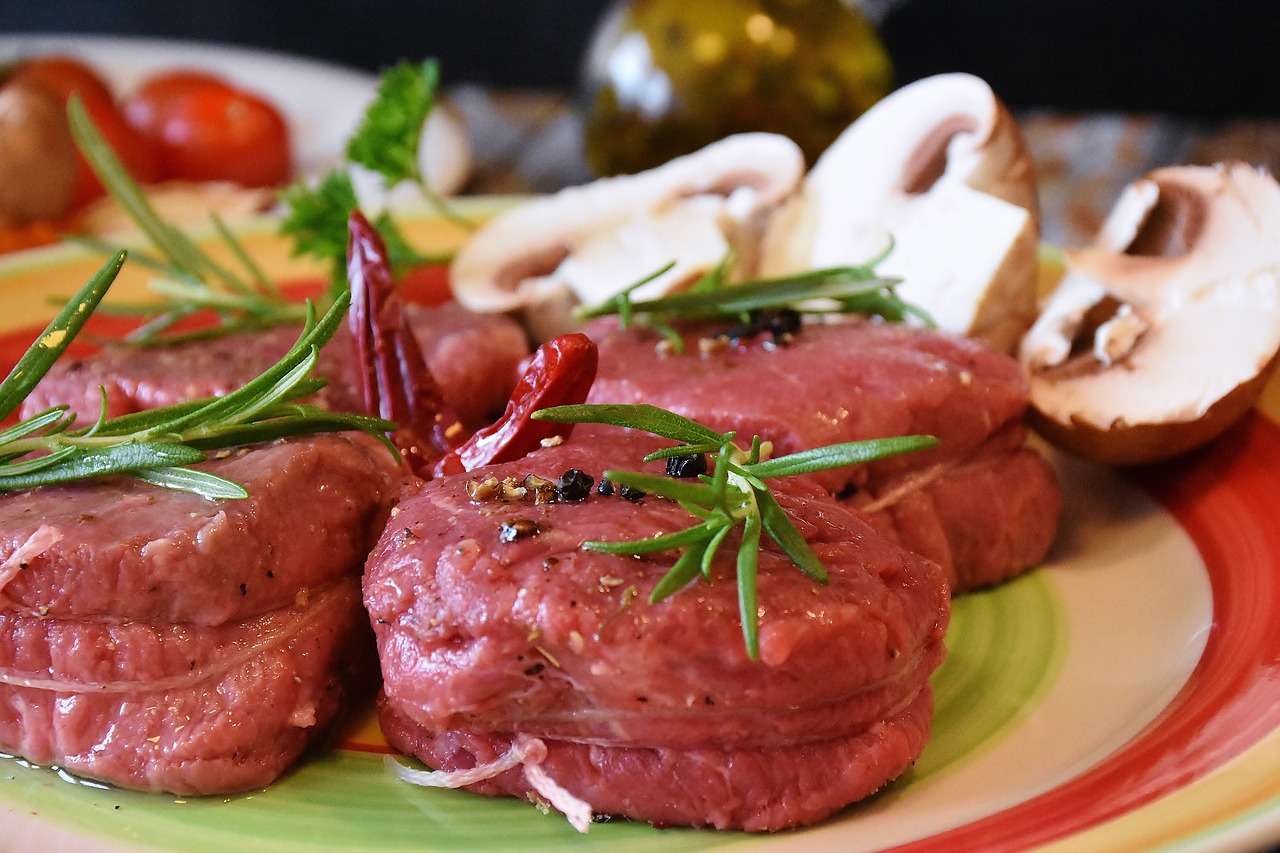Off to the steakhouse? You might be wondering what all the hullabaloo is about beef from around the world, namely Japan’s most famous beef. The differences between Wagyu and Kobe will certainly give you plenty to chew over.
Wagyu
Wagyu extends over four breeds of cow. The most popular among them is the Japanese Black. This Japanese-produced beef comes from fattened-up cattle. They were born and bred for this purpose, then slaughtered in Japan. In order to be called Wagyu, it must be a cow from one of the four included breeds, or even a hybrid cow born from a combination of the breeds. They are registered and traceable, adding an element of prestige to the meaty purchase. You may have heard of Wagyu from Australia but it is not traditional Wagyu. Surely it’s delicious, but because it doesn’t come from Japan’s well-bred four breeds, it’s not authentic.
Kobe
For years, outside of Japan, Kobe was revered as the upper echelon of beef in the world. It was the dominant brand, one you most likely knew from dining at your favorite Japanese steakhouse. It’s so highly revered because of its abundant marbling which renders it creamy and decadent. Like Wagyu, it has stringent standards it follows. In fact, these standards are much more rigid. Kobe cattle cannot be branded as such without meeting seven specific standards at the time of slaughter. The standards are so stringent that only 3,000 cows qualify for the authentic and coveted Kobe label each year.
Japan has other regions for which cattle production is famous like Matsuzaka, Omi, and Yonezawa. Each one gets a grade of A, B, or C and a number from 1 to 5. The letters represent the amount of meat that comes from the slaughtered cow while the numbers mark the marbling, color, firmness, and the fat quality. Five is the highest, meaning the best quality.
Beware of fakes
The prestige of eating one of these incredible Japanese steaks is something foodies everywhere will do anything for. Unfortunately though, there are a lot of fakes despite the trademark. Dishonest restaurants, grocery stores and wholesalers sometimes attempt to sell regular steaks as Wagyu or Kobe to charge higher prices. If you want to be certain, ask the right questions. With Wagyu, you should find out where the beef comes from and if they source it from breeders that use pure bloodlines, otherwise you’ll get a crossbred product that would be Wagyu-style. It would be delicious but not worth the inflated price tag.
With Kobe, ask where it was sourced. If you are told anything but Hyogo Prefecture, it’s fake. If they do not know it comes from the Tajima strain of cattle or the BMS rating (which should be between 6 and 12) then it’s highly likely your steak is a fake.
